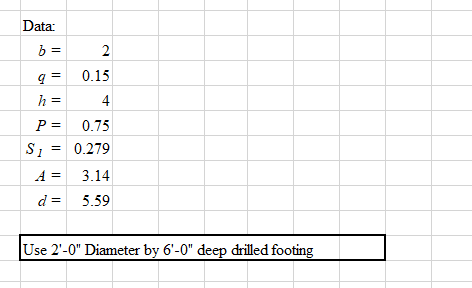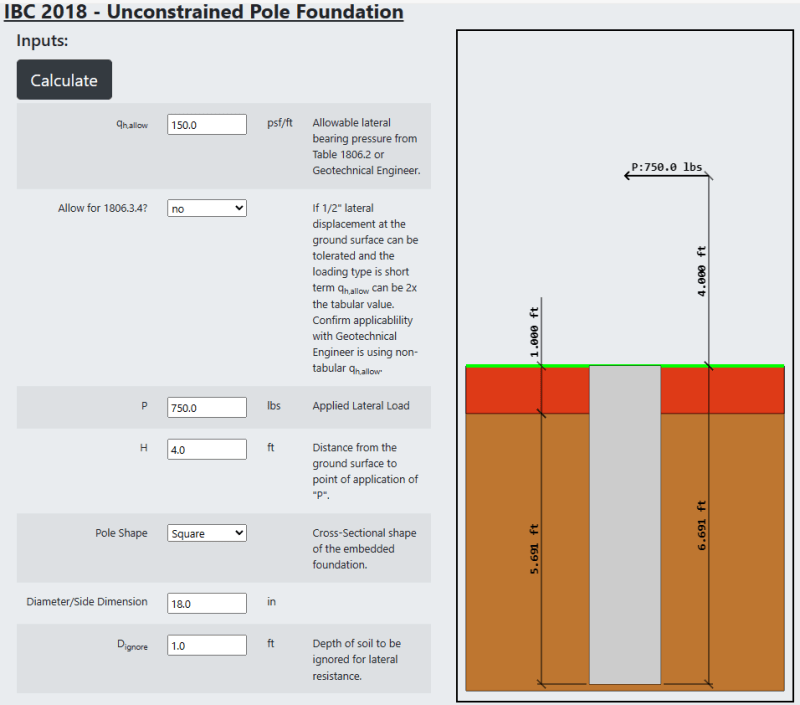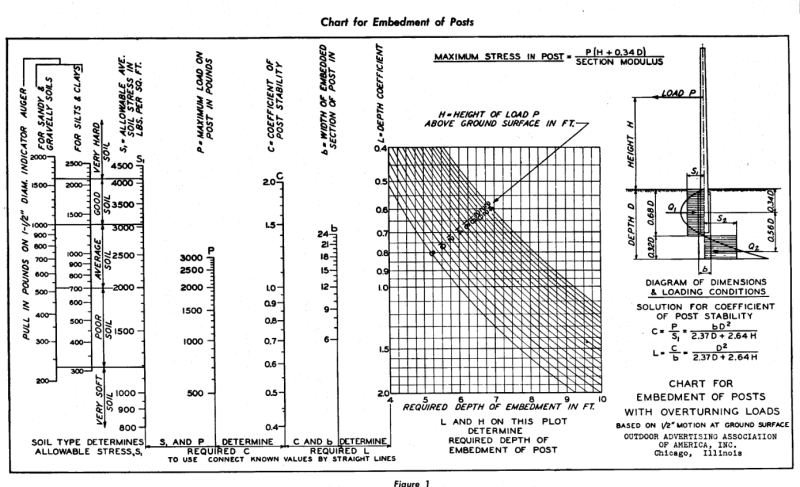RDR89
Structural
- Apr 25, 2022
- 70
Hi all, I have an embedded pole calculation that I am doing per IBC 1807. My question is do you consider asphalt and crushed stone as rigid constraint at the ground surface? There will be 3" of hot mix asphalt on top of 8" of crushed surfacing top course (all this on top of the compacted subgrade). I know that concrete pavement would be considered rigid but I am not sure about this mix. Any insight is appreciated!



